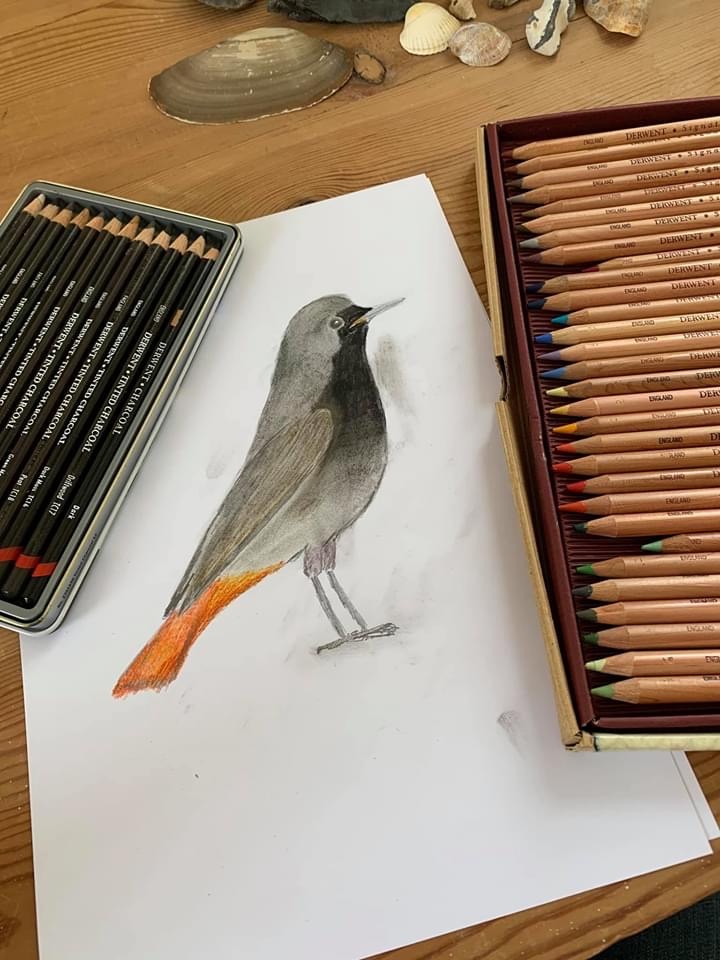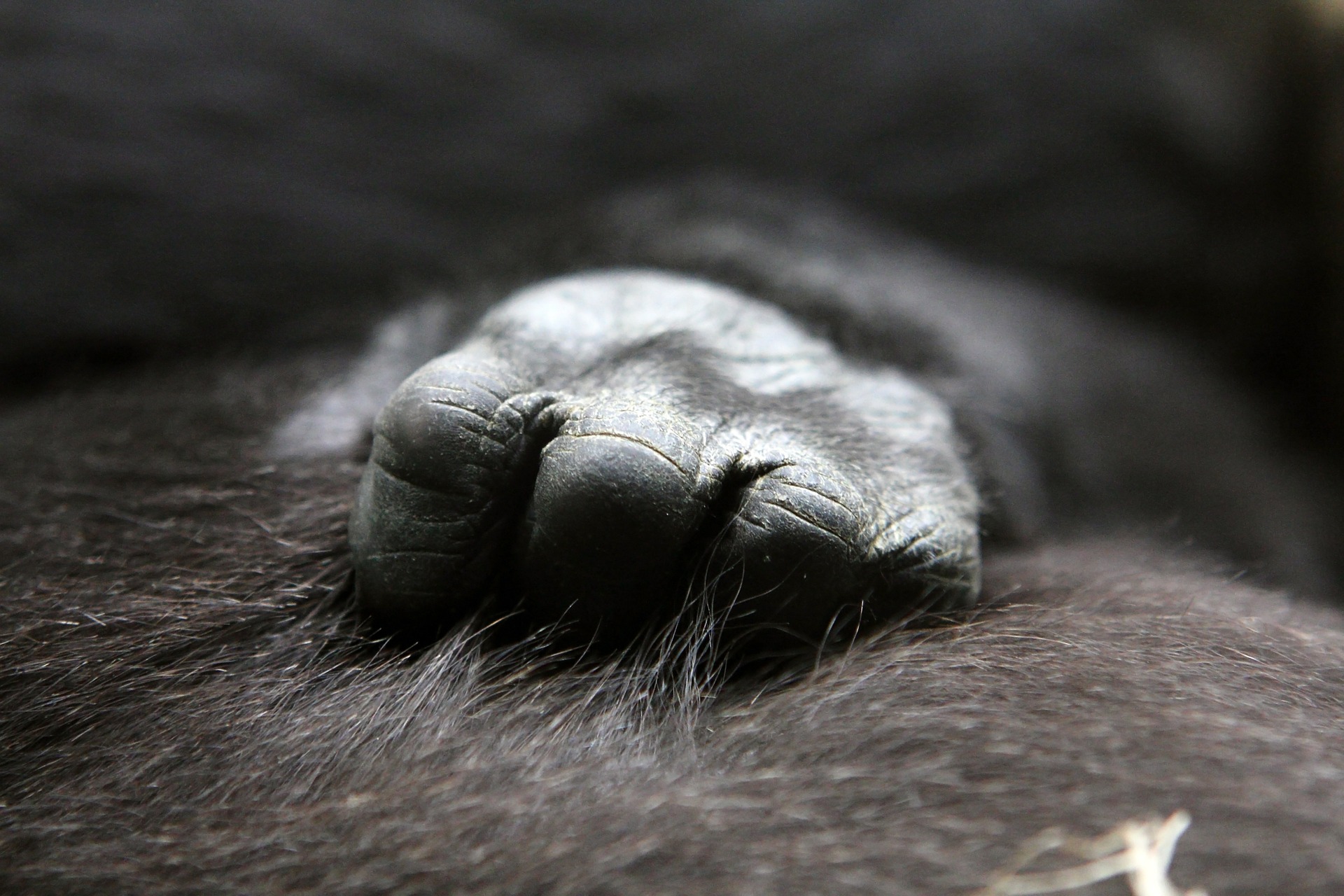The arrival of a harbour seal in Maidstone shows people want to connect with nature, but don’t know how.

Over the last week, something has been stirring the waters of the River Medway and emerging onto the slipways of Maidstone in Kent. And that something is a harbour seal, also known as a common seal. It entered the town’s section of the river at Allington lock, slipping over the sluice gate during a high tide on April 1st. As a result, early reports of its arrival were dismissed as a practical joke.
However, once captured on film, people accepted it was here. And since then, the canal and footpaths have been perpetually busy, as keen onlookers sought out a glimpse of their own.
After spending some time at Allington, the seal has moved up river and has been regularly seen around the Tovil area. This is one of the few places between Allington and East Farleigh locks where the animal can comfortably haul out and rest. If it gets the chance…but we’ll come to that later.
Pinnipeds (the official family name for seals, sea lions and walruses), have been in the news a lot lately. A young walrus has been spotted lounging on a lifeboat ramp in Pembrokeshire, after first touring remoter parts of the Irish coast. And tragically, another young harbour seal was attacked by a dog on the banks of the River Thames in London, resulting in the well-known animal having to be put to sleep.
It is ironic, that, despite having spent most of my week walking up to Allington and back, the seal is now regularly sleeping approximately 40 feet from my house. It has been amazing to see such a special animal and enjoy its antics. But, unfortunately, I have also been witnessing a complete lack of respect for the animal’s space and wellbeing from the general public. But again, we’ll come to that later.
Let’s get a few facts out of the way first though. A lot of people have raised concerns about the seal being “out of place”, along with worries about it being able to feed. More than one person has talked about trying to get the animal captured and returned to the estuary. I’d like to reassure anyone reading this that the animal is being monitored, and that the RSPCA and other organisations are aware. It is exhibiting completely natural behaviour, is currently in good condition, and is no doubt loving its currently private fishing arrangements. It is feeding well. Anglers also have no basis for claims it will devastate fish stocks – predators are better at managing their resources than we are. Compared to the stress the animal would endure being captured, I feel it is best left to its own devices (I know some disagree – and I don’t discount their concerns). But, it is likely that it will return down river when the opportunity presents itself. Seals also spend a great deal of time out of the water, sunbathing or resting. “Our” seal is doing the same, exhibiting the delightful banana shape pose when it does. And, although the seal has been christened ‘Bradley’, I’m pretty sure based on size and what I’ve seen of the belly that the animal is female.
Harbour seals have made their way into Maidstone before, having been spotted in 2020, 2019, and 2017. They are also seen much more regularly in the section of the Medway between Rochester and North Halling. There are established colonies in Sandwich and Pegwell Bay, The Swale, and a few other places along the Kent coast – including Deal. So, it’s not completely out of place – and we should be encouraged by the fact that our river is healthy enough to support such an impressive and powerful predator. Of course, seals are not usually found in rivers – and the sea is their natural habitat. But, it’s not unheard of if they are moulting or trying to rid themselves of parasites that favour salt water to venture into quieter, fresher haunts.
However, it has unfortunately become very clear that the general public do not know how to respectfully observe the seal. I have watched with dismay as people have trespassed onto private moorings and land to get as close as they can to the seal. One family stayed for nearly half an hour, and phoned their friends to come and join them. And more people than I can count have walked down the full length of a slip way to get within a few feet of the animal.
Our wildlife is amazing – and I get that this isn’t an everyday experience. But please can we show some common sense and respect around this animal?!
This is a wild animal – and it is therefore unpredictable. They are serious carnivores, with the weaponry to prove it. A bite from an animal that can grow to 1.85m and weight up to 160kg is no laughing matter. Although, if it did chomp a moronic Maidstoner who got too close, I for one would be smiling. It beggars belief the stupidity I have witnessed over the last few days, so please forgive the wishing of the munching of my fellow man.
Today was probably the worst, where the banks of the river were lined with onlookers on both sides. The slipway was also crowded, meaning the seal couldn’t haul out to rest. I’ve put up a polite notice trying to inform people about the animal and how to observe it from a distance, but it didn’t seem to have much impact today. So, here’s hoping an online rant will reach more ears.
I don’t want to spoil anyone’s fun, or stop anyone from experiencing our wildlife up close and personal. But, wild animals should not be approached. The seal can be seen perfectly well from Tovil bridge or the top of the slipway – which is dangerous and slippy at the best of times anyway. You do not need to be within biting distance, or even a few car lengths for a decent photo op.
Please also, do not gather in large numbers – 2 or 3 is more than enough to spook the seal and make it feel uncomfortable about getting out of the water, or to slip back in. If you are in a residential area or a mooring, please respect people’s property and private access. And don’t linger – it’s not fair on the seal, or on other people.
DO NOT FEED the seal. First off, it doesn’t need white bread anymore than we do (I saw this yesterday). And secondly, bad things happen when carnivores begin to associate people with food.
Finally, if you are walking your dog – keep it on a lead. Your dog is unlikely to have ever encountered a seal before, and how it reacts will be completely unpredictable. This is no judgement or reflection on how your dog behaves – just a precaution.
If you want to see the seal, why not bring binoculars (if you have them). You’ll get a much better, detailed view, and it will behave much more naturally. Just don’t get too close. And don’t harass the animal by trying to move along the path with it in the water. The best way to observe a seal in the water is to note which direction it is going and get ahead of it. Today, I watched the seal stick to the middle of the river and become hesitant due to so many people taking an interest in it.
If you are in a boat, a kayak, or a paddle boarder – again, please use your common sense, give the animal plenty of space, and don’t linger too long.
The good thing is, seals are naturally curious and this particular one does seem tolerant and relatively relaxed. But let’s not abuse that. Please show some respect, and please don’t get too close.








